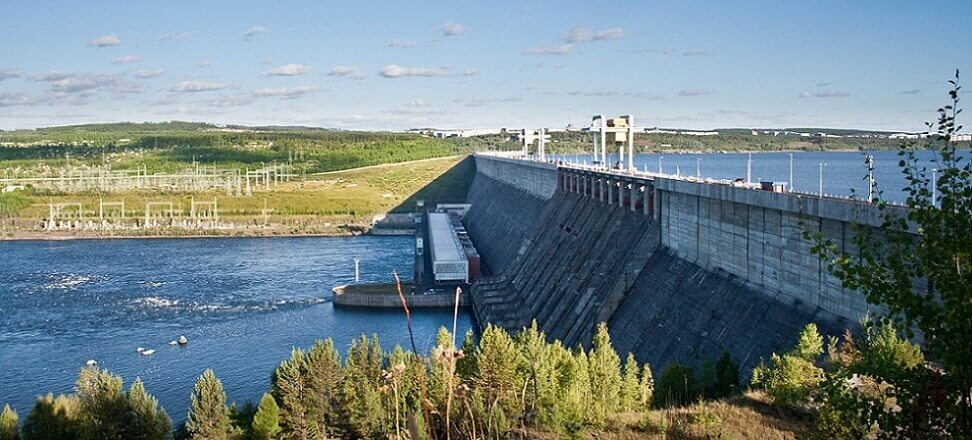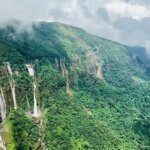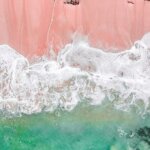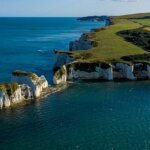Dam reservoirs are some of the most important and largest engineering projects that man has managed to accomplish. Their main purpose is to store water, which can be used to generate electricity, supply water to cities and industrial plants, irrigate agricultural fields, provide flood safety, water transportation or recreation.
Largest dam reservoirs in the world
The world’s largest water retention reservoirs in terms of capacity are Kariba on the Zambezi, Bratsk on the Angara and Lake Nasera on the Nile.
Kariba Reservoir – The largest man-made reservoir in the world by capacity. It is located on the border between Zambia and Zimbabwe and is fed by the waters of the Zambezi River. The reservoir was built between 1958 and 1963 by a British engineering firm to generate electricity and as a flood control measure.
The 128-meter-high, 579-meter-long dam forms Lake Kariba, which stretches 280 km and holds more than 180 km³ of water.
Kariba is a key source of electricity for Zimbabwe and Zambia. The hydroelectric power plant built at the reservoir is capable of producing about 1,626 MW, which is the backbone of the two countries’ electricity system, as well as an important “commodity” exported to other African countries.
The Kariba Reservoir is also crucial to the economies of both countries. It enables Zimbabwe and Zambia to secure a stable source of water, essential for agricultural, industrial and social purposes. Water from the lake is used to irrigate fields, power hydroelectric plants and provide drinking water for the region’s residents. In addition, the reservoir is also of tourist importance. Its surroundings are popular with tourists from all over the world.
Bratsk Reservoir – this gravity-type dam reservoir is located in Russia, near the city of Brack. It is one of the largest hydrotechnical structures in the world. It was built on the Angara River, which is one of the main tributaries of the Yenisei and is an important part of the water infrastructure of the Irkutsk region. Construction of the Bratsk reservoir began in 1961 and was completed in 1967. It has a capacity of 169.27 km³, and its area is 5470 km². It produces 4,500 MW annually. The Bratsk reservoir is still classified as the second largest in terms of capacity in the world.
The Bratsk Reservoir is not only an impressive hydroelectric structure, but also an important source of energy for Russia, which also allows it to export energy to other countries such as China and Mongolia. The stored water is also used for industry, agriculture and irrigation purposes. Thanks to it, many regions of Russia that suffer from water shortages can count on a steady supply of water.
Lake Nasera – An artificial dam reservoir created in 1971. As a result of the partitioning of the Nile by the Aswan High Dam. It has an area of 5250 km² and a total capacity of 157 km³. It stretches from Aswan through Nubia to Wadi Halfa in Sudan. It is 83% located in Egyptian territory. The Sudanese prefer to call their smaller body of water Lake Nubia.
Nasera is of great economic importance to both countries, primarily because it provides a steady supply of water to irrigate farmland in the area. In addition, the artificial reservoir is used as a source of hydroelectric power, supplying the surrounding power plants.
Dam reservoirs – are they a good solution?
While dam reservoirs bring many benefits to the economy, they also have a serious impact on the environment. The construction of artificial reservoirs can lead to the destruction of valuable river ecosystems, causing depletion and even loss of biodiversity. Drainage and disappearance of valuable wetlands (in the valley area below the dam) and a rise in the groundwater table above the dam structure may also be consequences. The aspect of erosion and eutrophication should not be overlooked. The social impact of such investments is also significant. They involve population resettlement and conflicts over this.
Despite these drawbacks, artificial dam reservoirs remain important hydraulic structures that provide many people with access to drinking water, electricity and prevent flooding. It is important that any investment of this type be carefully planned, and that its impact on the environment be as small as possible.

 Polski
Polski






